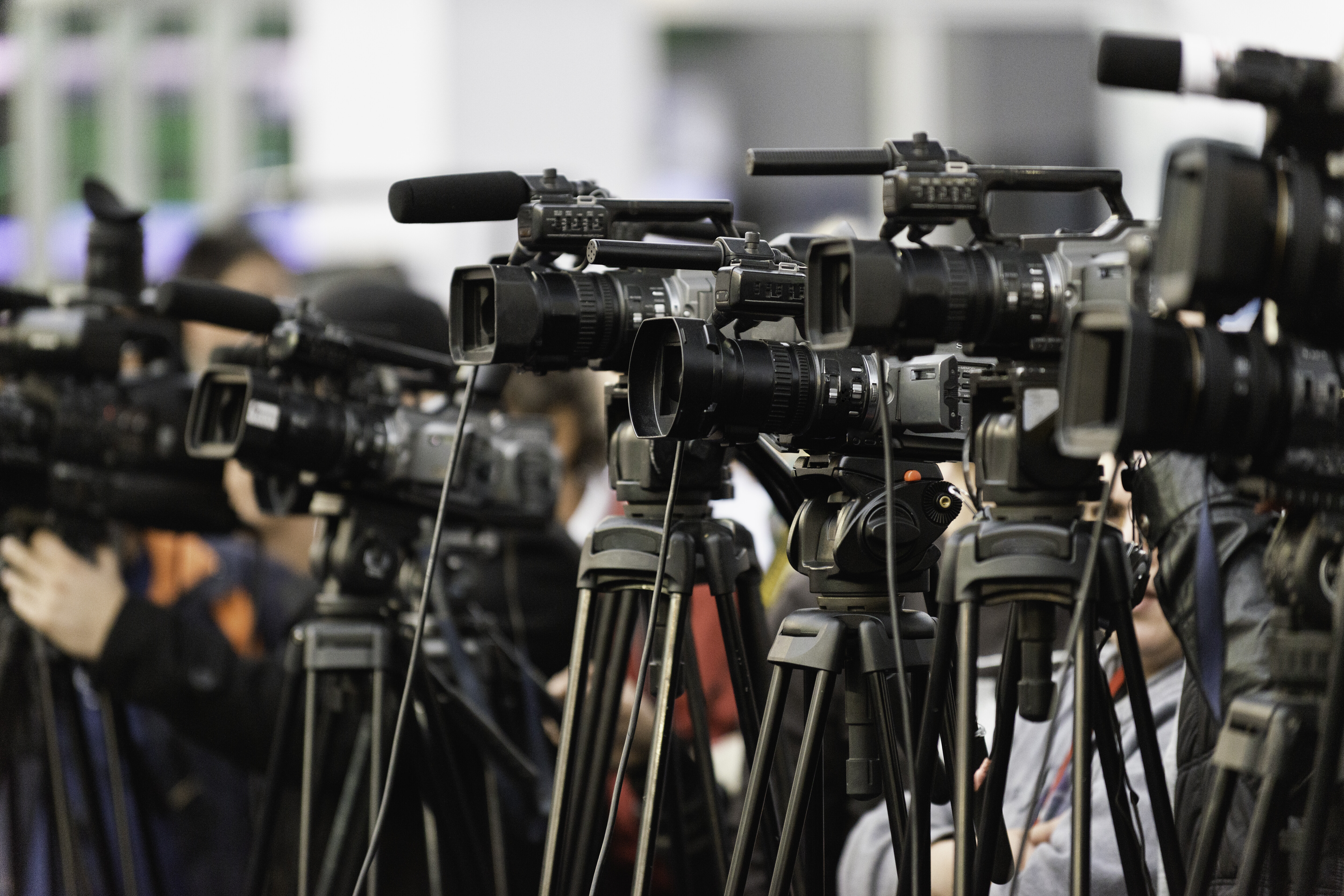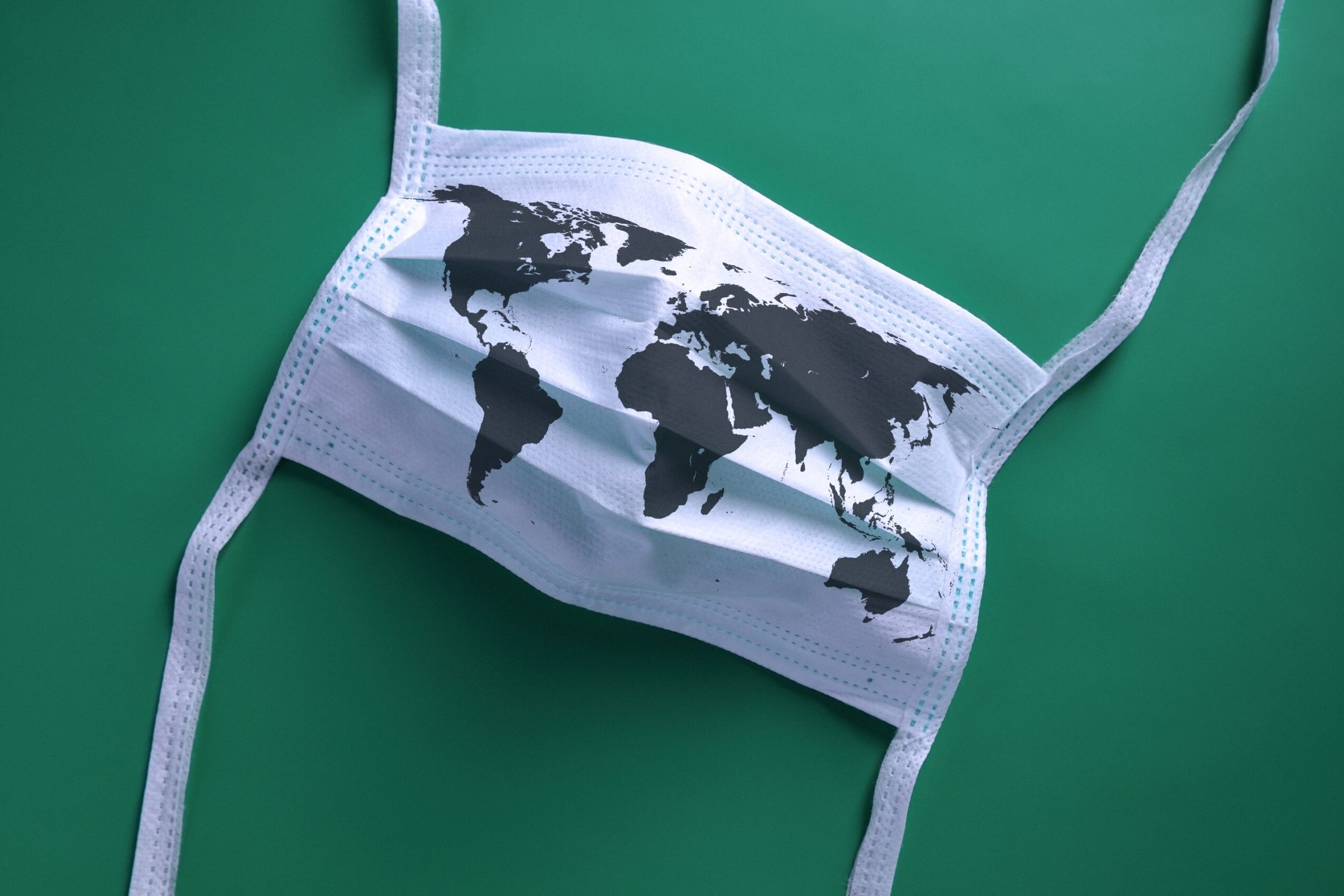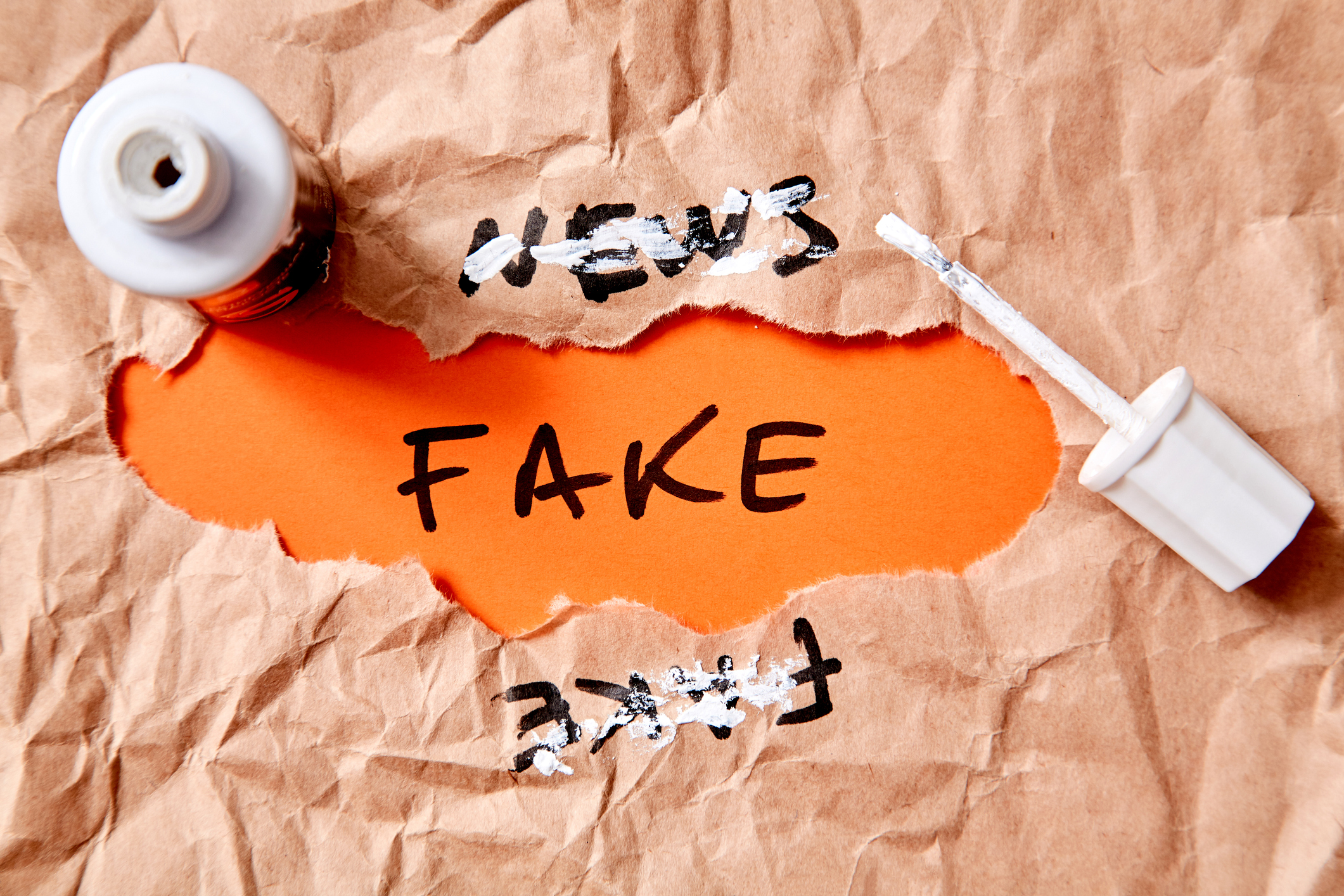Many of us are having to rapidly re-adjust our personal and professional lifestyles to a world that quite suddenly feels very different. And such change makes no exception for public media organisations.
The UK government yesterday published a list of key workers who are critical to the Covid-19 response. This includes “journalists and broadcasters who are providing public service broadcasting.”
However, covering the Coronavirus pandemic poses significant challenges for journalists and media organisations alike, from remote working and a drastic rise in sick leave to forced quarantine.
But public media organisations are swiftly responding to these challenges by preparing for and implementing contingency plans to ensure that they continue to fulfil their crisis and emergency mandates by providing the public with accurate and – potentially – life-saving information.
Studio audiences
For the foreseeable future, many public broadcasters will be missing a key element of their live broadcasts: the public. Live studio audiences are becoming non-existent as social distancing measures are taken ever more seriously.
South Korea’s public broadcasters were one of the earliest to report taking such precautionary measures. Since January, they have been removing live studio audiences from their weekly K-pop programmes and instead recording performances to be watched at home.
Australia’s public broadcaster, ABC, is postponing live concerts altogether to prioritise ‘Playschool’ and ‘Giggle & Hoot’ to provide children with essential educational content.
BBC’s ‘Question Time’, a live current affairs programme in which audiences ask MPs challenging questions, has also followed suit. Producers have responded to this challenge by featuring remote guests via video links and allowing calls from the audience at home.
Read more: Coronavirus: How radio and TV hosts are keeping their shows on air from home
Such moves are part of the wider contingency plans put in place, as outlined by the BBC’s Director-General, Tony Hall. Other changes include temporarily reducing or stopping the filming of some programmes while they prioritise news coverage of Covid-19 developments.
We’ve set out our plan to inform, educate and entertain during these unprecedented times – find out what we’re doing here: https://t.co/Oyzc7cvThG pic.twitter.com/FkntjcRwsQ
— BBC Press Office (@bbcpress) March 18, 2020
Implications
The public broadcaster also announced that it would be extending the provision of free TV licences for all over 75s until 1stAugust in order to cater for those that have been advised by the UK government to stay at home. However, a report in the News Statesmen noted that this would cost the BBC £40 million a month, at a time when the broadcaster needs these funds more than ever. This is a sobering reminder that as public broadcasters implement designated cross-platform Covid-19 coverage, it all still comes at a price.
Read more: Public media coverage of coronavirus
Related: ABC’s coverage of the Australian bushfires
The wider broadcast media and film industry is bearing the brunt too. Earlier this week, Director of Programmes at UK broadcaster Channel 4 wrote in an email to suppliers: “Suppliers should be aware that…we may not necessarily be able to provide full financial support for these incremental costs and therefore you should take decisions that limit financial exposure.”
Where possible, public media are compensating for these unforeseen challenges through positivity, supporting employees working from home and finding ways to collaborate with others.
In an interview earlier this week, Dr. Norbert Himmler, Programme Director of German public broadcaster ZDF, announced that the organisation would help fund producers by bearing half of the additional costs in light of the coronavirus outbreak.
A public service
With school closures, restricted travel, the banning of mass gatherings and even lockdowns in many regions, public broadcasters are trying to accommodate for members of the public in self-isolation.
The BBC have launched “Culture in quarantine”: a set of plans to bring the arts and culture inside the home. They will showcase theatre performances especially for broadcast; book festivals; re-broadcast concerts; provide interactive guides to museum or gallery exhibitions; and broadcast religious ceremonies.
France Télévision is doing similar:
🔵#COVID19 #RESTEZCHEZVOUS #Confinement
France Télévisions se mobilise et :
➡renforce sa mission d’éducation
➡ poursuit sa mission d’information pour répondre aux questions des Français, déjouer les fake news et les accompagner dans leur quotidien pic.twitter.com/cNAo2ehQ5Z— France Télévisions (@Francetele) March 19, 2020
Many public broadcasters have set about prioritising children’s content, with a focus on content that explains Covid-19 in an accessible way as well as educational programming while they are not in school.
CBC expands content for kids including free access to @CurioCBC, more @CBCKids programming and 300 hours streaming for free on CBC Gem. Read more here: https://t.co/uQ9FXX5lXa @CBC pic.twitter.com/XVEwii3eXO
— CBC PR (@CBC_Publicity) March 19, 2020
For more children’s content, explore our Coronavirus: Resources and best practices page.
Alongside daily magazine shows and an information portal on the NHK World website, Japanese public broadcaster NHK will broadcast graduation ceremonies online as well as re-launch and expand a domestic abuse awareness campaign while groups of people remain indoors for indefinite periods of time. They have also developed more of their home education and distance learning resources too.
Public media-focussed website, Current, has started compiling a list via Google Docs of the various ways in which US public broadcasters and non-profit news organisations are responding to the coronavirus outbreak in their communities. Responses – of which they have received over 40 so far – include Voices of Monterrey Bay, which particularly focusses on the impacts of Covid-19 on homeless people, immigrants and hospitality workers. Others include a virtual town hall with PBS NewsHour as well as innovative simulcasting and Facebook live streaming with Alaska Public Media.
Public Television Service (PTS) in Taiwan also shared with PMA how they have been managing while still trying to keep the Taiwanese public informed about Covid-19 developments. PTS is part of a Task Force, formed and led by the Taiwanese President, which has the responsibility of creating a contingency plan when faced with a national emergency. A spokesperson from the International Department explained some of these plans:
“As the major public media of our country, PTS’s core responsibility is to provide the most accurate information. Thus, in order to ensure our daily news programs won’t be interrupted due to the virus, part of the staff from News department have been relocated to another PTS building for work since early March. If necessary, staff can also work from home.”
These are just some examples of the many initiatives and ways in which public media organisations are adapting to the significant challenges posed by the coronavirus pandemic. As the virus takes hold, it is likely that more and more people will have to be isolated or quarantined. It is at times like this that the core values of editorial independence, accuracy and accountability to the public become most evident, with many relying on trusted public media to not only inform them, but to act as their connection to the outside world.
The Public Media Alliance will continue to report on public media responses to the coronavirus pandemic and offer audiences guidance on best sources for accurate and factual content about the developing crisis.
How is your organisation responding to the crisis? Contact us at: editor@publicmediaalliance.org
Header Image: This transmission electron microscope image shows SARS-CoV-2—also known as 2019-nCoV, the virus that causes COVID-19—isolated from a patient in the U.S. Virus particles are shown emerging from the surface of cells cultured in the lab. The spikes on the outer edge of the virus particles give coronaviruses their name, crown-like. Credit: NIAID-RML. Credit: NIAID-RML/iStock
Related Posts
3rd February 2020
Coronavirus: sourcing accurate, reliable information
As the death toll and number of…


